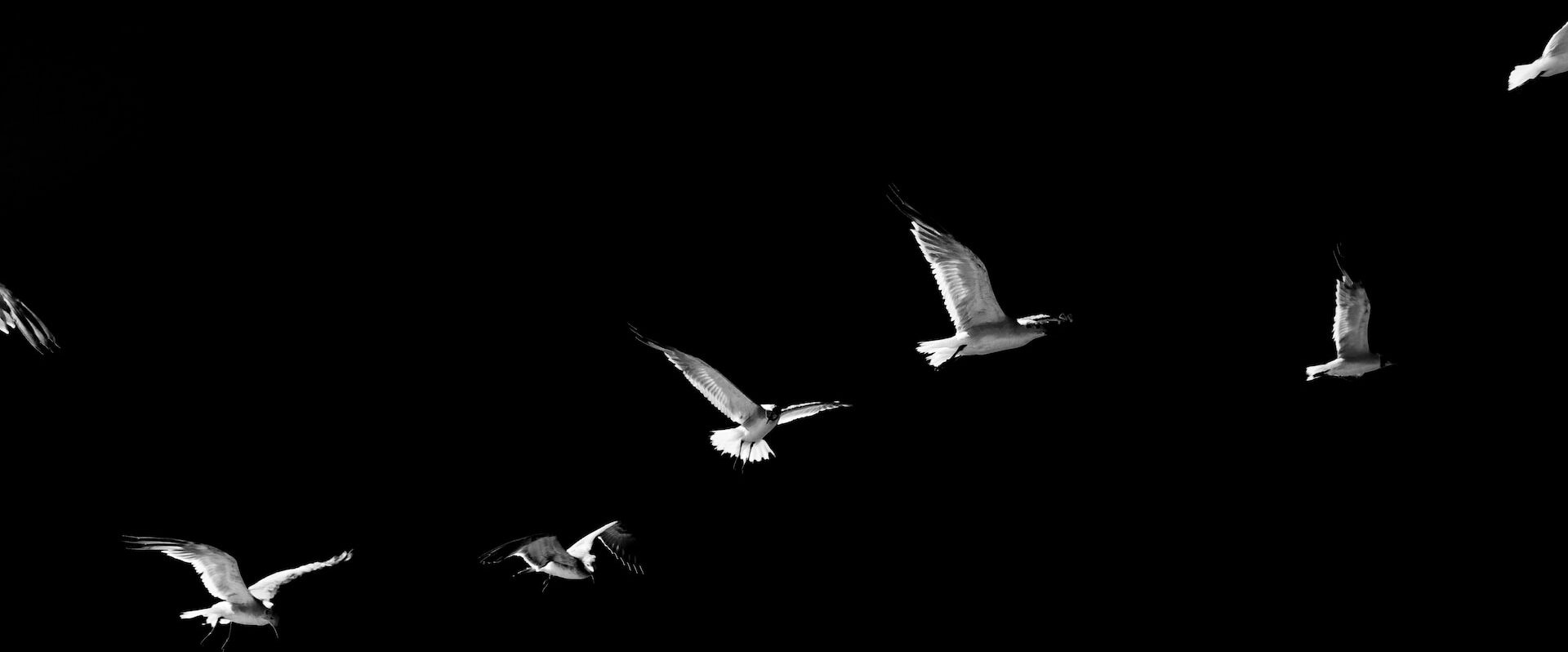Did you know there are over 10,000 bird species in the world, of which 961 have been recorded in the lower 48 of the US? What’s more impressive is that 629 species have been recorded in Texas to date (approximately 65% of birds recorded in the lower 48!!), 493 species with regularity. Many of these are neotropical migrants, meaning they breed in North America and travel to Central and South America for the winter!
During the workshop we addressed the question ‘What makes Texas so important for birds?’
 The first discussion point was the fact that Texas is HUGE and contains ten different Ecoregions (ecologically and geographically defined areas containing distinct assemblages of natural communities) which allow many different birds to thrive. We learned about the different birds in key Ecoregions and found out we don’t need to go to the tropics to see beautiful and colorful birds – they’re right here in Texas!
The first discussion point was the fact that Texas is HUGE and contains ten different Ecoregions (ecologically and geographically defined areas containing distinct assemblages of natural communities) which allow many different birds to thrive. We learned about the different birds in key Ecoregions and found out we don’t need to go to the tropics to see beautiful and colorful birds – they’re right here in Texas!
The second discussion point focused on Texas as an Important Area for Migratory Birds. We learned that some birds follow migratory routes, called flyways, between their northern breeding grounds and southern wintering areas. We noted that birds don’t see borders and freely move between countries with many spending their winters in Central and South America as Neotropical Migrants. We also talked about why birds migrate (e.g., food and habitat!).
We also addressed the question ‘Why are Birds Important?’ It turns out that they are very important for many reasons! For example, they hold cultural significance and are often used as symbols to reflect wisdom or a passed family member, and are often reflected in art and music. They also provide food and feathers, provide companionship as pets, and provide many different Ecosystem Services (e.g., they spread seeds, control insect pests, provide bird watching opportunities for humans).
Mitchell Lake Audubon kindly lent us study skins of bird specimens to showcase the beauty of birds and to provide examples of birds from southern Texas, including ones that we will hopefully see later in the year on our birding trip (e.g. Wood Duck, Green-winged Teal). We ended the workshop with an activity to learn about How To Use Binoculars and How to Identify Birds. We are now all experts and ready to identify birds in the field as ornithologists!
Visit Mitchell Lake Audubon’s website for more information: Mitchell Lake Audubon Center

